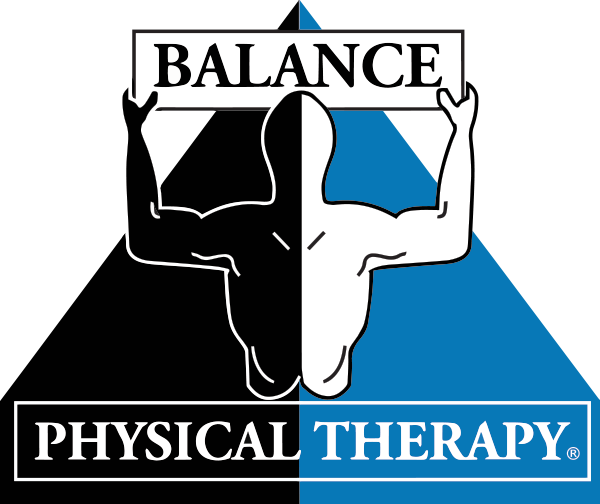Magnetic resonance imaging (MRI) is a diagnostic imaging tool used in healthcare to diagnose a variety of health conditions. Here at Balance Physical Therapy we regularly have patients come to us with their MRI report or ask us during treatment, “should I get an MRI to find out what is going on?”. And the simply answer to that question is well…it’s complicated.
An MRI can give us incredible detail into how our discs look in our spine, tissue quality of our rotator cuff tendons, or integrity of the meniscus in your knee. The problem with using the MRI to get details of what tissue looks like is it does not necessarily explain why you’re having pain. Brinjikji et al. (2014) looked at MRI’s of asymptomatic (pain free) individuals stating, “the prevalence of disc degeneration in asymptomatic individuals increased from 37% of 20 year old individuals to 96% of 80 year old individuals”. To simplify that quote, with age it is normal to have degenerative changes to your joints and tissues and be completely pain free!
Our founder and CEO, Dr. John Farahmand, PT, DPT shared his personal experience with getting an MRI of his neck. “My C5-C6 disc space in my neck…. my MRI says I hardly have a disc left there anymore and I’ve got something called neuro-foraminal stenosis bilaterally. But guess what? I don’t have any symptoms! I have no numbness, no tingling, no weakness, etc.”
And his story is similar for his low back. “My L5-S1 disc space is nearly obliterated! But guess what? I can still deadlift 400lbs when I work out and I have no back pain. I am not my MRI and neither are you!”
So what is the big takeaway from all of this information?
You have an MRI and it says you have X, Y, & Z diagnosis:
- Even if your MRI says you have degenerative discs, stenosis, nerve impingement, a torn meniscus, etc. it does not mean that you will be living with pain for the rest of your life or need to get surgery tomorrow. We regularly see patients who start PT with us and walk out of our clinics pain free after a regiment of physical therapy, even though their MRI reads the same information prior to starting PT.
You’re having pain and want to get an MRI to “find out what is going on”
- If your symptoms are intermittent throughout the day (pain gets better with movement, only bothers you first thing in the morning, hurts only with specific movements, etc.) we recommend to first start a regiment of physical therapy to see if we can address your functional deficits and evaluate strength and mobility deficits.
Other factors that contribute to pain
- Sleep hygiene: sleep is essential for recovery. If you are not getting 8 hours of sleep a night or not sleeping well it is likely a factor in why you’re experiencing pain.
- Stress: stress over stimulates our sympathetic (fight or flight) nervous system. Chronic upregulation (activation) of our sympathetic nervous system can cause stimuli that normal do not cause pain to be painful.
- Nutrition: what you eat matters. Adjust your diet to be well balanced and avoid processed foods high in sugar.
- Exercise: movement is medicine! Move as much as you can, whenever you can. You’ll be amazed how much it will make you feel better.

